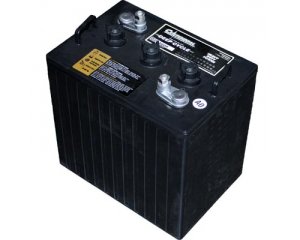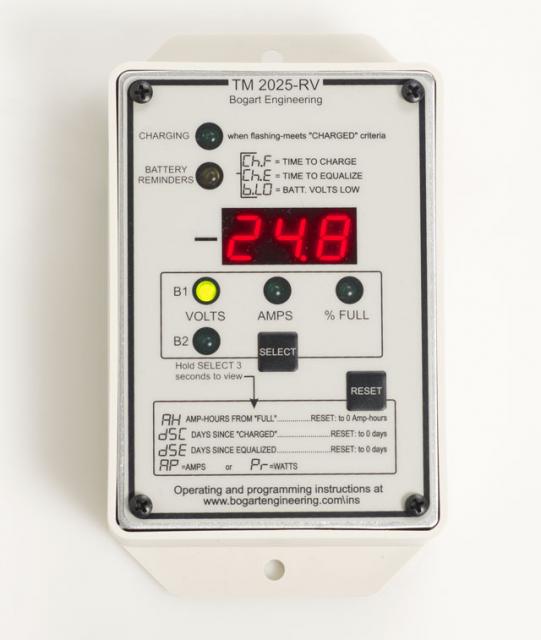Whilst sitting around doing nothing, per my doctors order (ok, as little as possible), I find myself perusing the RV and boat forums. There are several VERY recurring themes, some of which are comical, some not so much. The one about a battery being depleted and/or going “dead” for no “obvious” reason is a tiny bit fascinating to me.
 I do not understand why electrical systems are so poorly understood. I suspect it is simply because many people have no experience. However; if operating an RV and/or boat that requires battery power, every owner should get educated.
I do not understand why electrical systems are so poorly understood. I suspect it is simply because many people have no experience. However; if operating an RV and/or boat that requires battery power, every owner should get educated.
The bulk of the dead battery reports go something like one of these:
- RV/Boat in storage for x months, battery now dead.
- When I last used my RV (last summer) the battery worked fine, now something is wrong.
- My battery show 9.6 volts, why is it not working?
- My ratty old battery charger has been charging my battery for the last six months and now battery is dead.
- My battery seem to be out of water. Is this bad for them?
Everyone using a typical lead-acid or AGM battery, read this carefully:
- Batteries do not last forever.
- Batteries do not hold a charge forever.
- Discharging a battery below about 50% capacity will do some amount of damage (each time).
- A 12 volt battery voltage level has nothing to do with its state of charge. In other words, a 12 volt battery is not 50% discharged at 6 volts (it is dead/unusable when gets to that point).
- All vehicles have parasitic loads and will eventually deplete a battery unless it is completely disconnected. It does not matter if you use the “battery disconnect” switch.
- A “smart” charger is a 3 or 4 stage charger that senses the state of the battery and provides only what is required. A fully charged battery is maintained at “float” voltage (around 13.5 volts) which avoids “cooking” the battery.
- Unless it is a “maintenance free” or AGM battery, it requires maintenance in the form of distilled water.
Please note; I am talking about the fairly standard 6 and 12 volt DC lead-acid and AGM used in cars, RV’s, boats, general aviation airplanes, etc. If you have a high-tech LiPo battery bank (or other), this article may not apply.
So there, no reason for anyone to have another battery problem again! 🙂



Hi JD, Great website and home. On my income I got a smaller home on wheels and smaller solar system that is great. [ And a big super-great wood stove! ]
Yes, a typical ”12 volt” lead-acid battery that reads 6 volts is not 50% discharged, it is dead dead dead.
Most battery users don’t know that the average car battery is “drained” at 10.5 volts. After six visits to 10.5 it may refuse to charge and must be replaced. [Since reconditioning with new acid, etc is beyond most folks safety zone!]
So what voltage is ” 50% discharged”?
Say 100% is 14.5v
and 0% is 10.5v
then 50% is roughly 12.5v
If we can stay above 12.5v, the lead-acid DEEP CYCLE battery will last 5 – 8 yrs [or more] if the PROPER water level is maintained.
Hint: When calculating how many batteries will satisfy your needs, figure the useful Watts = amp-hr x 2 volts. For example a fully charged “12v 100ah” will provide 2v x 100ah = 200W for 1hr or 400W for 30min or 100W for 2hr, etc.
Thanks DM! Good to hear from another full-timer!
Right 6 volts out of a 12 volt battery is as dead as one can imagine! 🙂
No doubt about proper maintenance/watering. There are a lot of folks really abusing their batteries and then wondering why they only get one season (or less) out of them. 🙁
I’m afraid that there is some discrepancy in the SOC vs. voltage charts but typically, for a resting lead-acid battery and ‘normal’ temperature, 100% SOC is about 12.7 volts. 50% is right around 12.0 volts (slightly above that). At something around 11.5 volts, the industry considers the battery to be at 0% SOC. 14.5 volts is a bulk charging voltage for a “12 volt battery”.